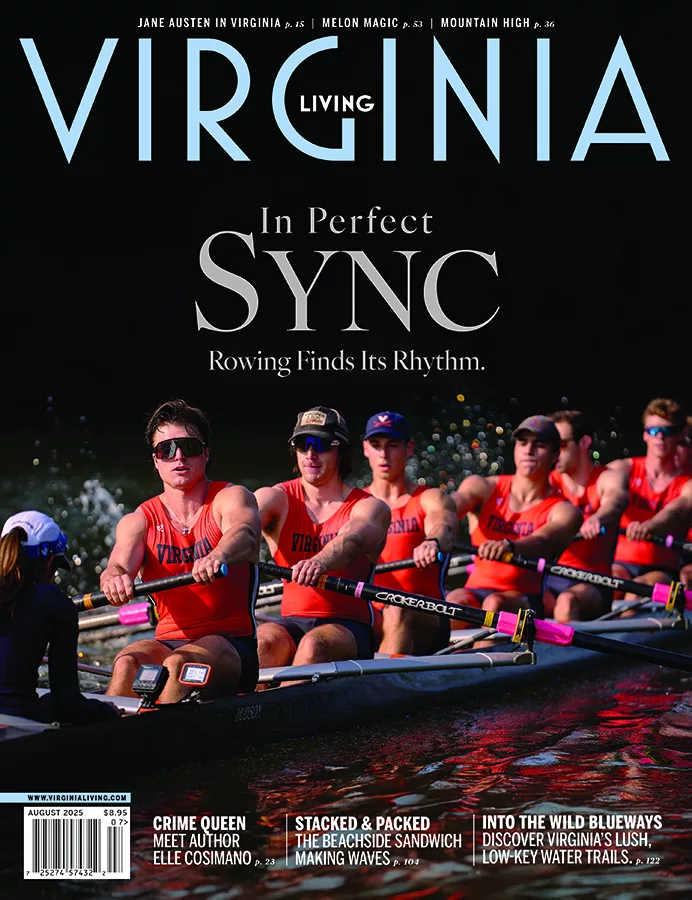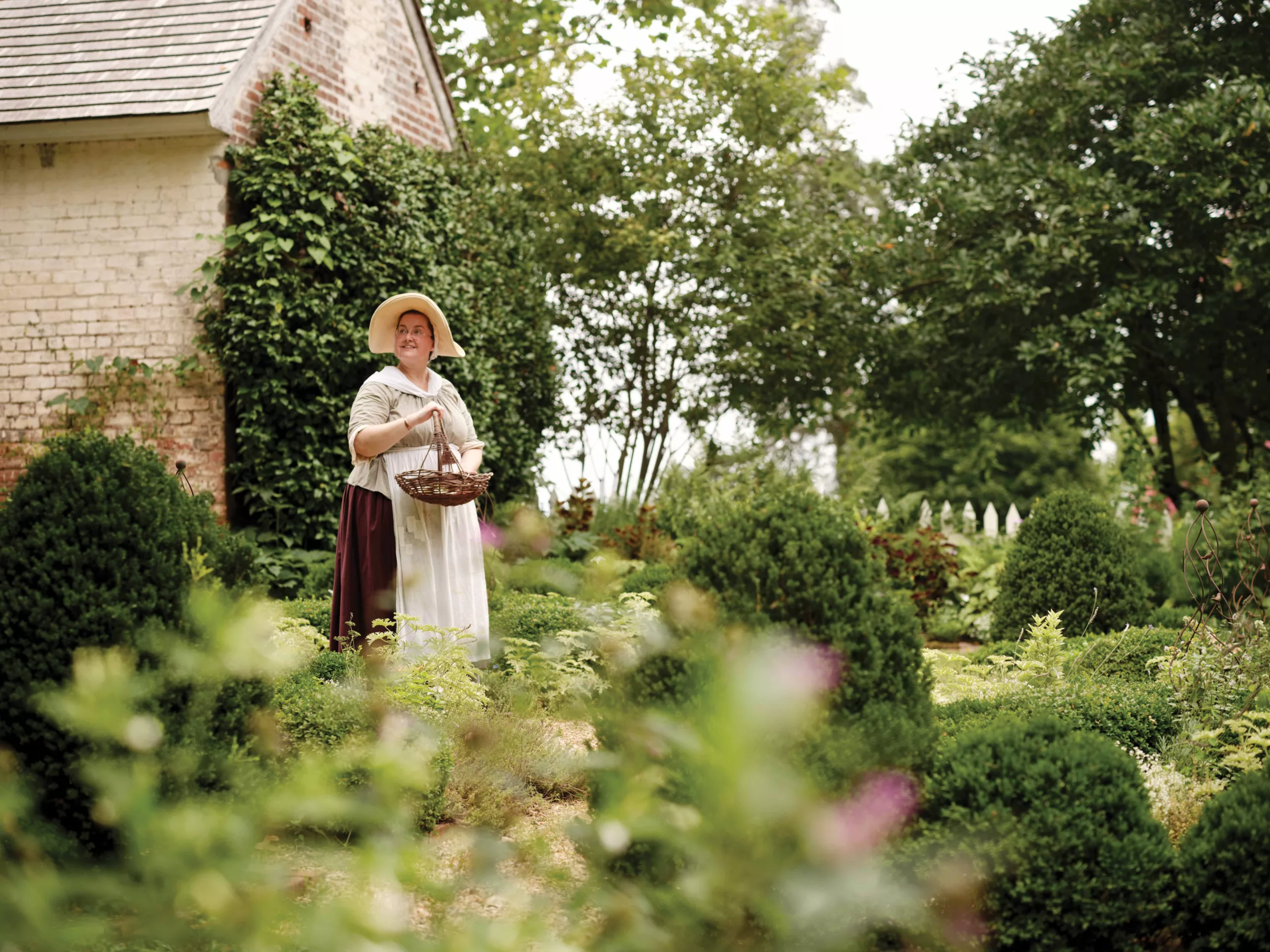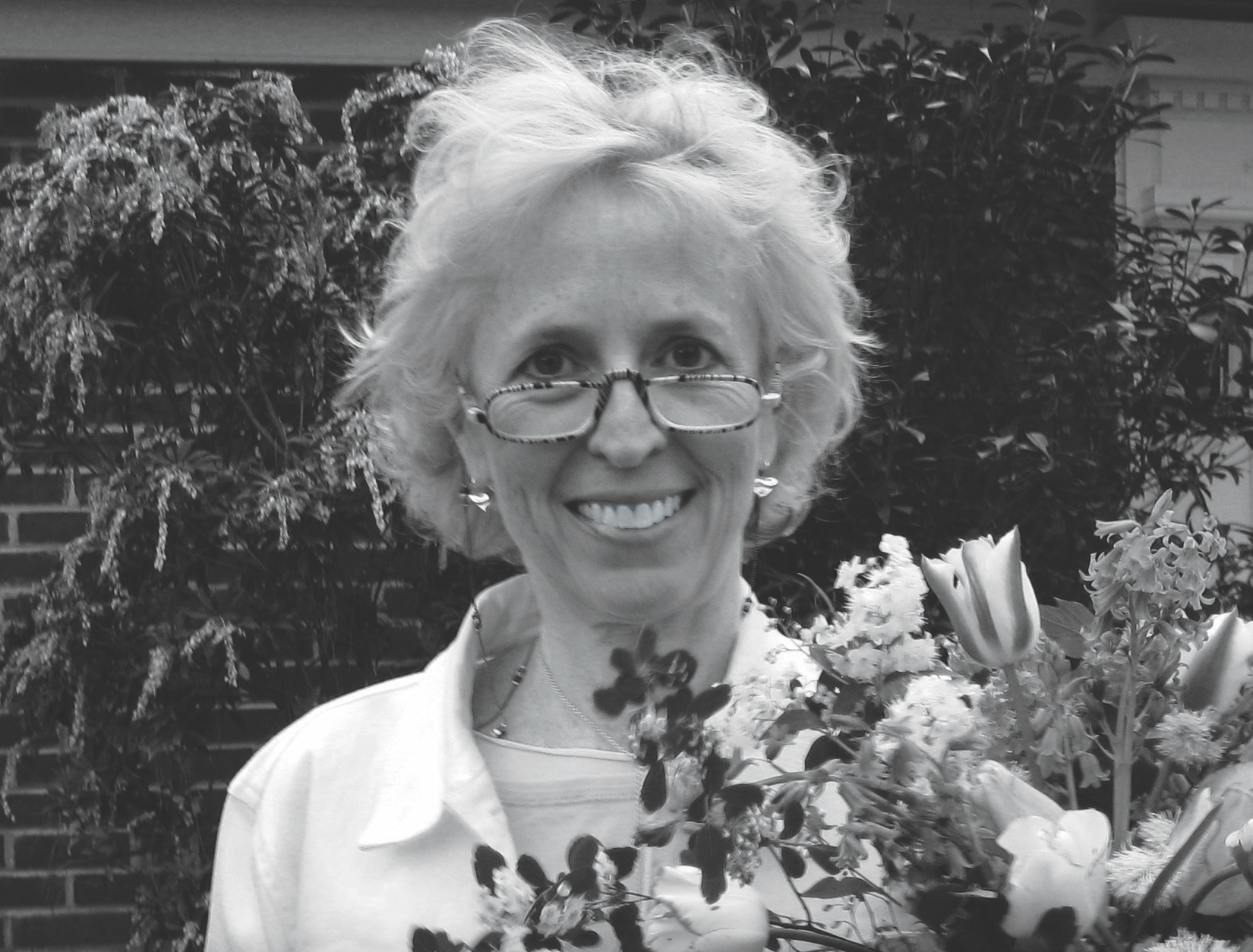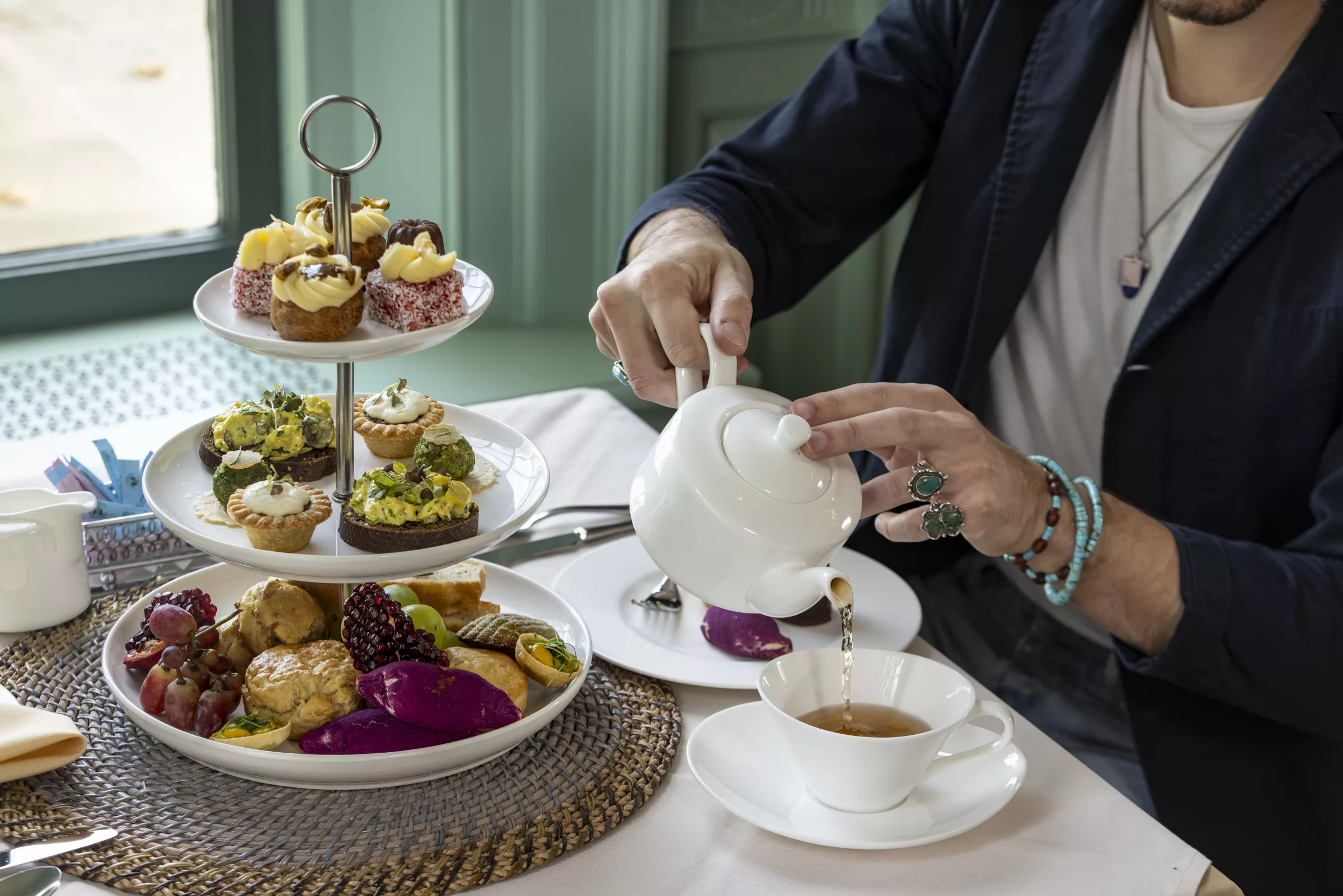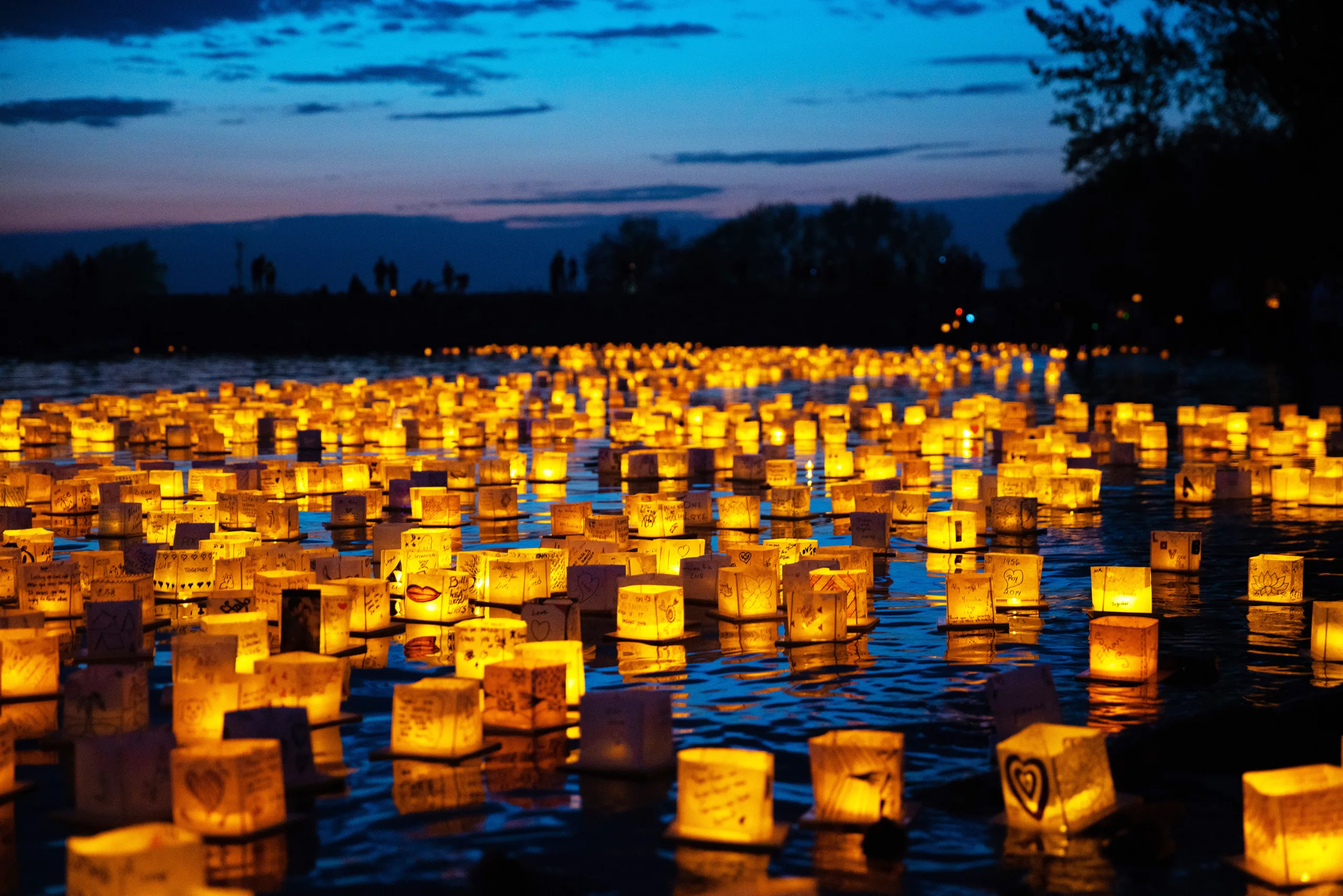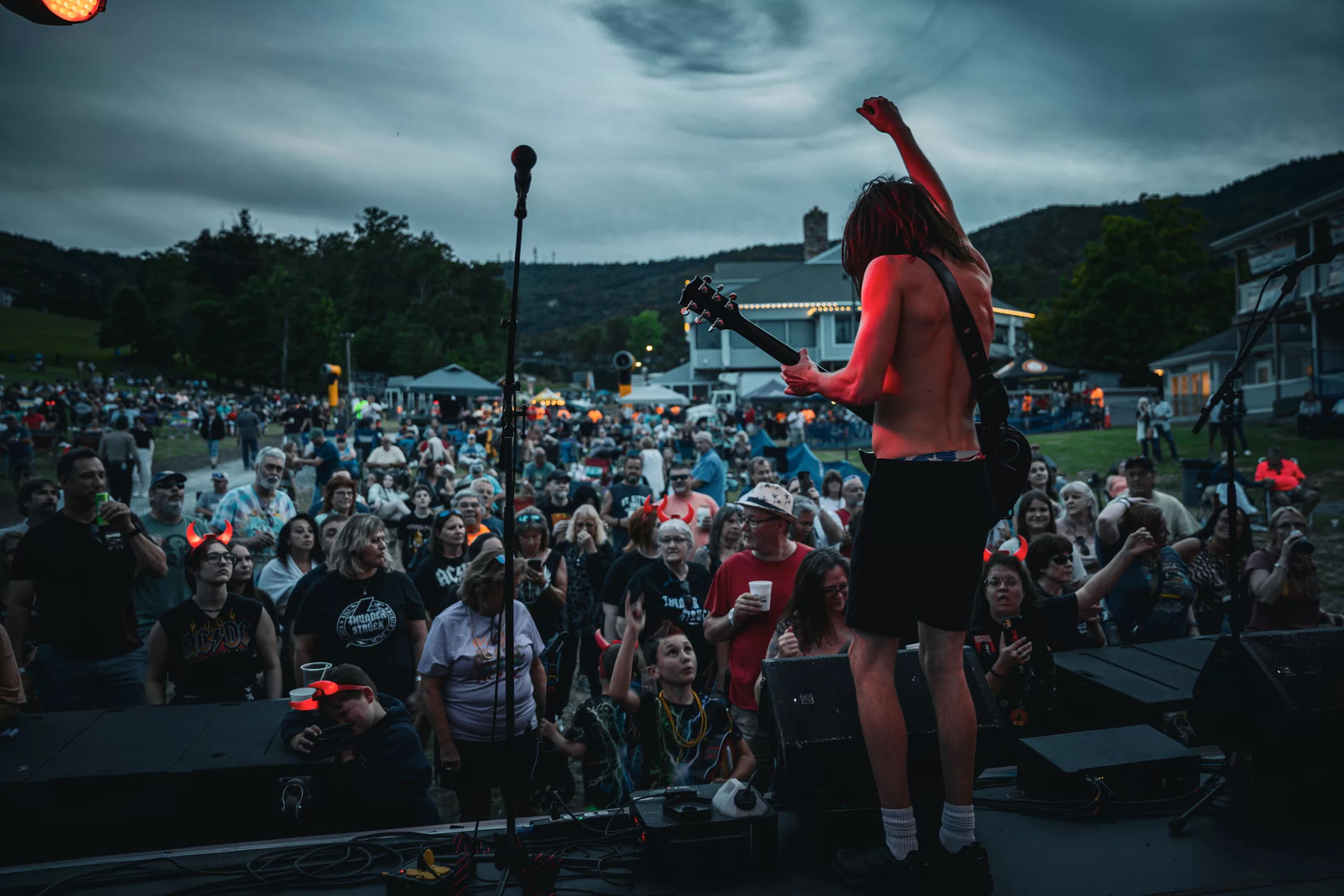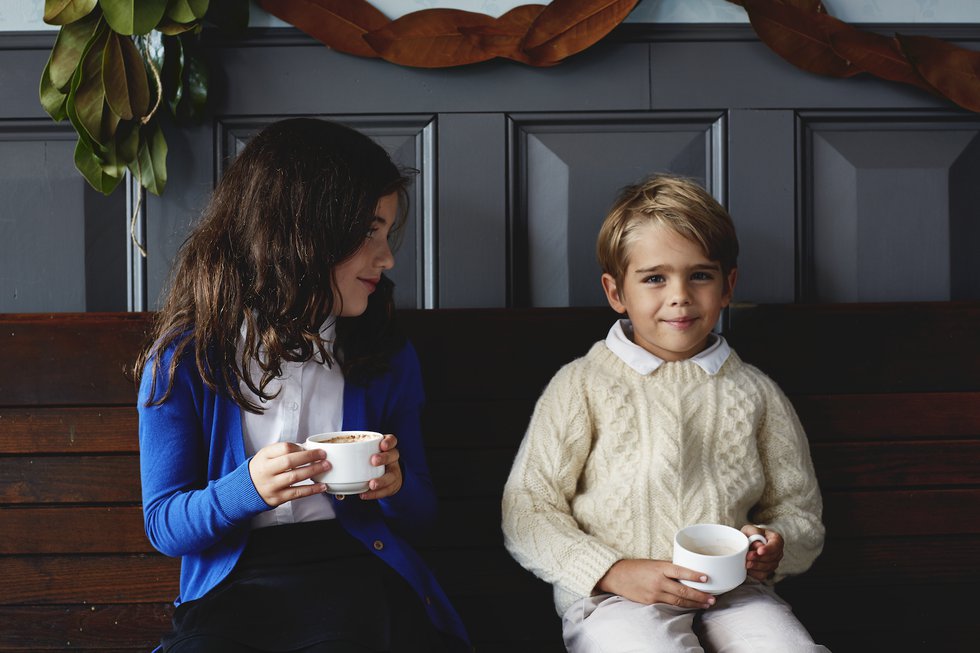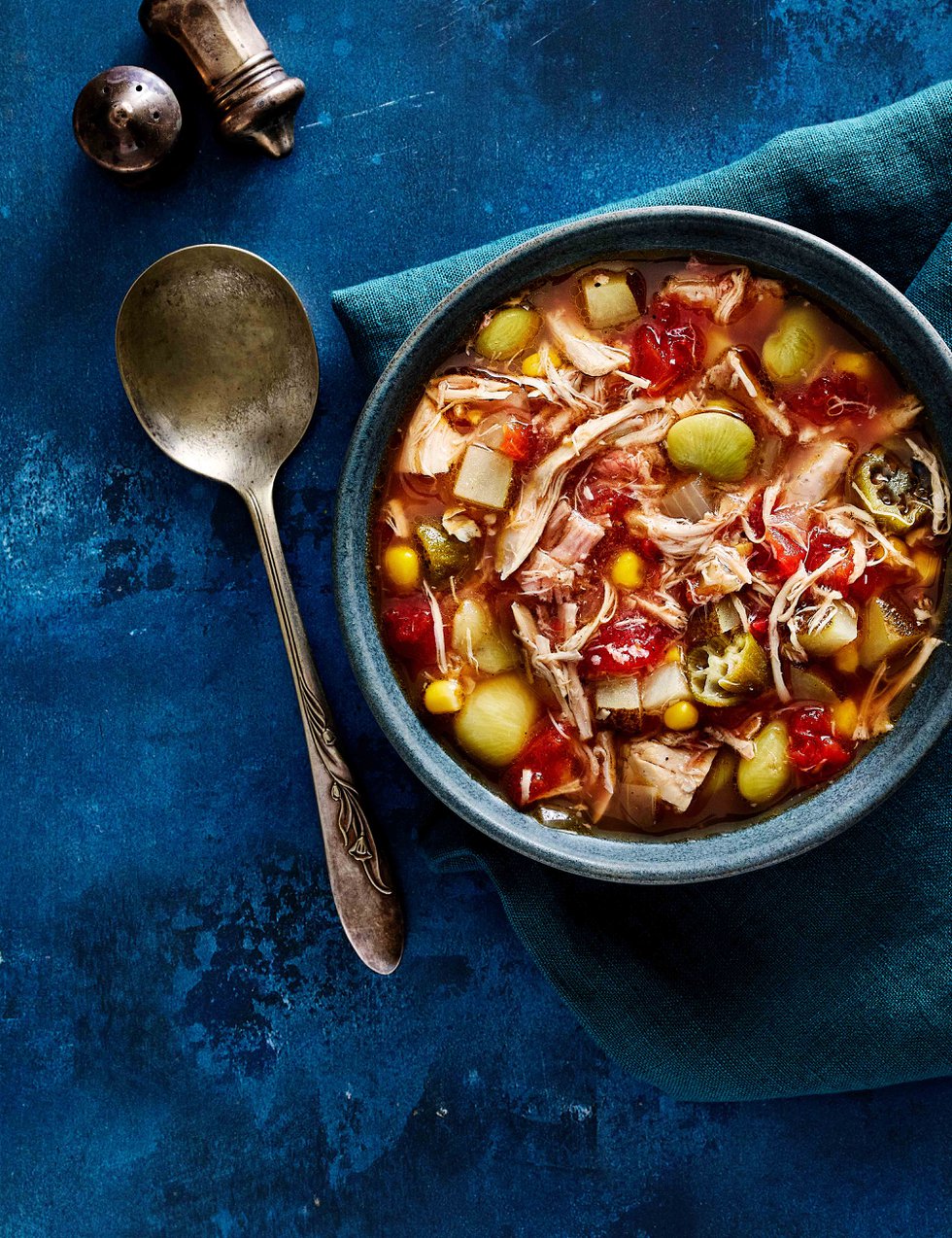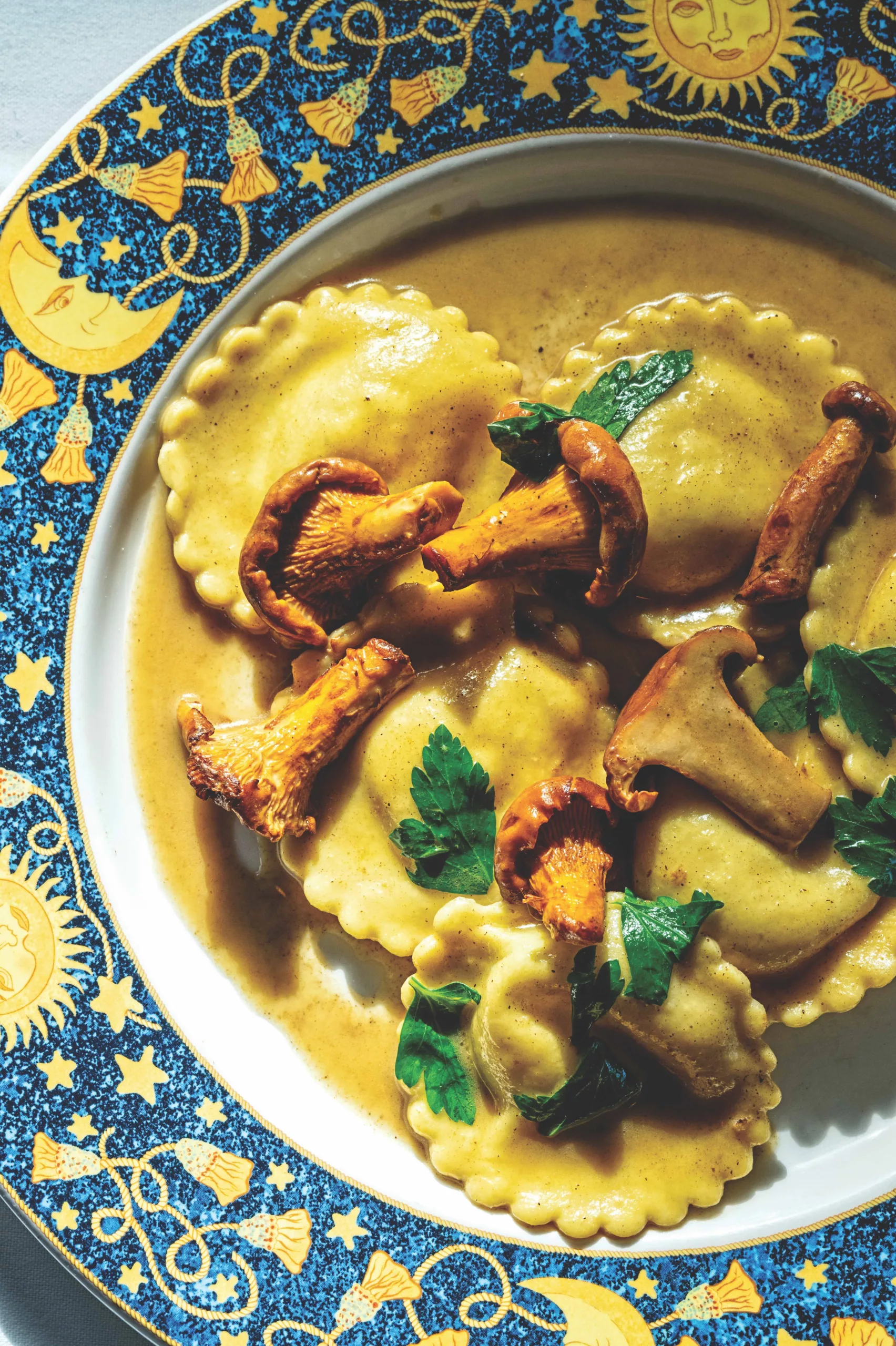If you’ve ever wondered what it means to live to work, you need to know Rebecca Suerdieck. Her business card is humble—historian and educator provide a few hints—but the wattage of her smile gives it all away. This is a woman who absolutely loves what she does.
Suerdieck grew up in Colonial Williamsburg, where her mother was a historic interpreter dressed in period garb as she educated groups of visitors through many aspects of colonial-era life.
“I’d sort of hang around my mother’s skirts and absorb everything,” she says. “She would be speaking to the adult visitors, and I’d be making friends with their kids.” She adds that while it was fun for her—she made friends and even had pen pals all over the world—it was also a powerful tool that made history relatable to younger visitors. “It’s a lot easier for kids to relate to kids than to adults having conversations among themselves. Kids tune in when they’re among their peers.”
Year after year, life in Colonial America informed Suerdieck’s path, making the 18th century the place in time where she’s most comfortable. After college, where she majored in history and English at Virginia Tech, she returned to what she knew, beginning her own journey as part of Colonial Williamsburg’s cadre of historic interpreters, assuming assorted roles—from cook and perfumer to cheese maker and seamstress—that defined women of the period. She’d make fruit pies from local orchards, flavor vinegars with herbs she harvested, and create perfumes with flowers—all from ancient recipes and notes she unearthed in library archives.

Insatiably curious, Suerdieck soon became an expert in cooking by fire. Absent Wolfs and Thermadors, an open hearth was the oven of the day, and Suerdieck quickly learned there was an art to mastering it. She embraced cooking with cast iron, layering coals, and carefully monitoring temperatures for whatever was on the flame.
Now, as an independent contractor, she offers hearth cooking demonstrations, workshops, and classes through Cooking and Fire, which she primarily holds at historic sites in the region, including Scotchtown, Historic Tuckahoe, and Sky Meadows State Park. Often she works in restored kitchens or those that are replicated, preferably with wide inglenook fireplaces and cranes that can accommodate hanging hens, layered pots and pans, and a tin kitchen—a demi-barrel-shaped reflector oven with one side open to the flame.
The experience is a total immersion in colonial cooking and includes a full meal prep that spans several hours and requires many hands. The menu features food that might have been served at an 18th-century table, and interestingly, it’s not far removed from dishes on our own menus: salad, cornbread, chicken or pork, and dessert—often a fresh-baked pie. The day culminates in friendly fellowship over the meal.
Suerdieck pored over historic cookbooks to assemble recipes that would translate to a modern audience, becoming encyclopedic in her knowledge. To season her dishes, she relies on herbs and spices that would have been available to colonial cooks. The slow-cooking technique she uses encourages deep caramelization, imparting ultra-rich flavors to whatever is on her menu.


“The recipes fill much of the cookbooks I’ve discovered, but also I’ve found that there are so many notes on how to make perfumes and salves and tinctures from plants that would have been growing in gardens,” Suerdieck says, adding that roses, lavender, jasmine, and oranges were just some of what would have been used to create fragrances. This was a period in time when full-body bathing wasn’t yet a thing, and masking odors would have been a priority among a certain stratum of society.
“I discovered an untapped world of perfume history and how to distill flora,” Suerdieck says. And along the way, she learned that many historic somebodies were closely associated with particular scents: Dolly Madison loved roses; she planted them at the White House and at Montpelier and distilled her own fragrances. Marie Antoinette employed a personal perfumer, who created a custom scent from African violets, the most expensive perfume of the day. And George Washington loved No. 6, one of perfumier Caswell Massey’s signature scents. With herbal and citrus notes, it was created in 1772.
To say that Suerdieck has found her calling is an understatement. She’s a pioneer in her field—and peerless; there really is no one else in the country working in this unique space. From making cheese and hearth cooking to perfume-making demonstrations and cooking on an open flame, this one-woman show uses preserved techniques of centuries gone by.
“I get to travel all over the place, sharing what I love, meeting interesting people,” she says.
“It can’t get any better than that.” CookingAndFire.com, RebeccaSuerdieck.com
This article originally appeared in the October 2024 issue.
